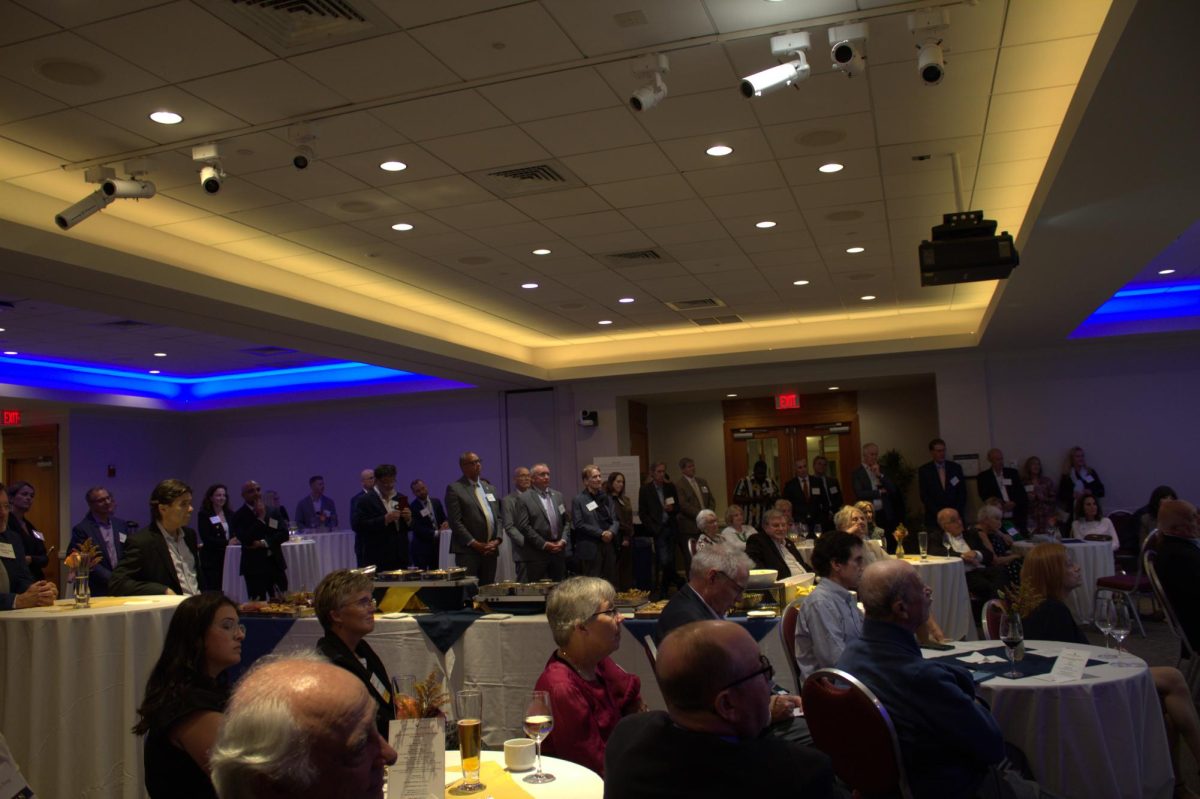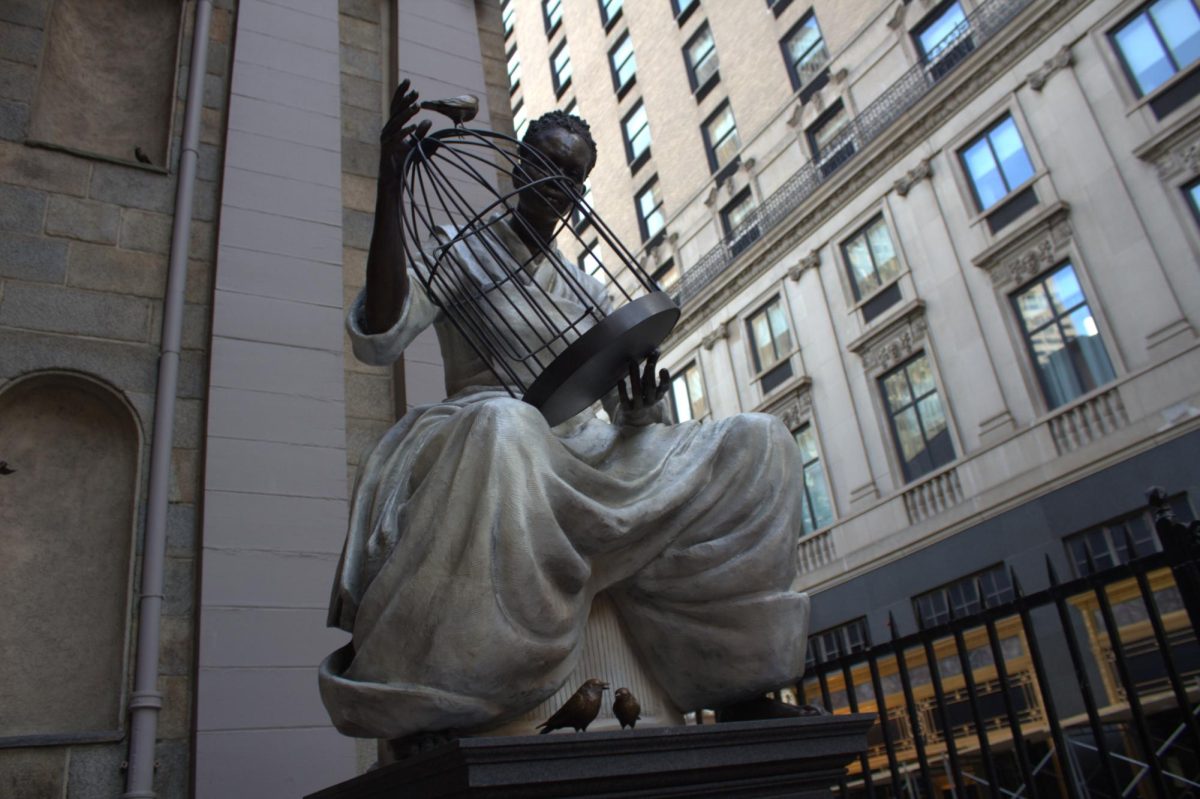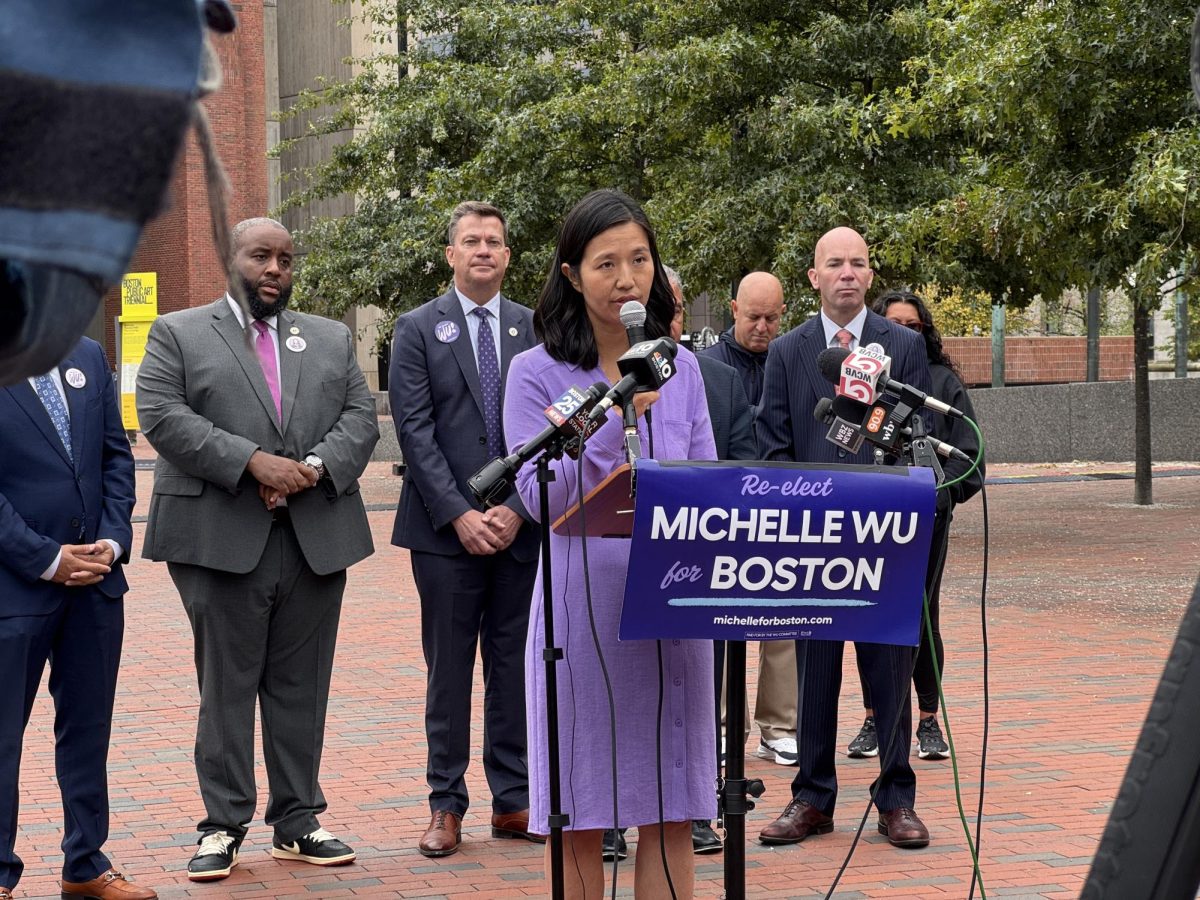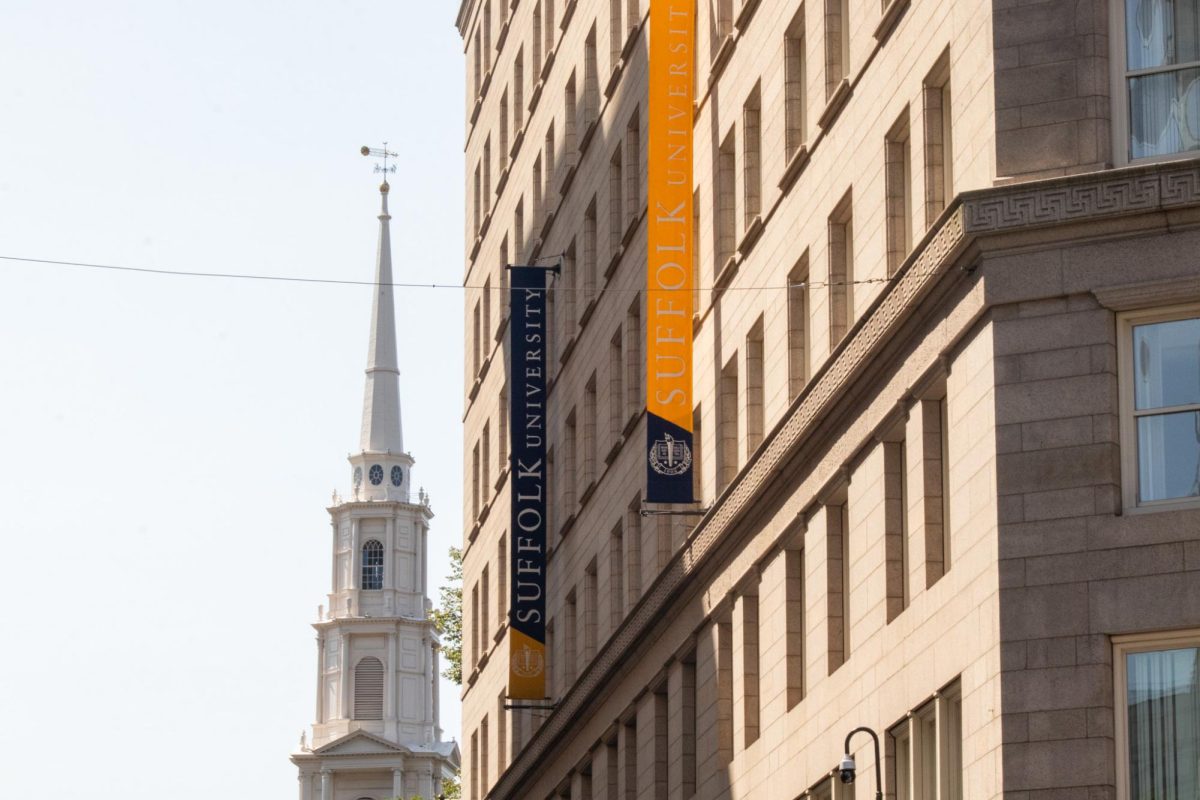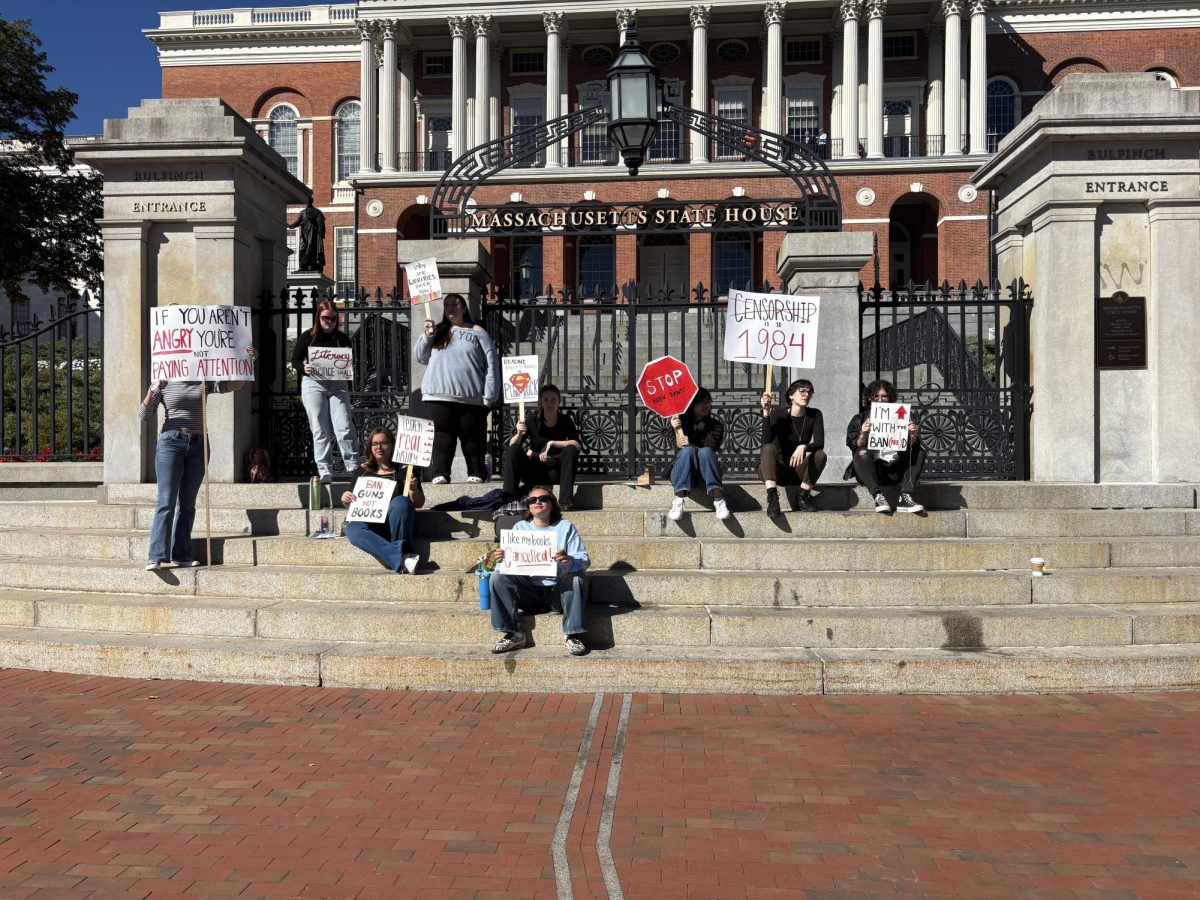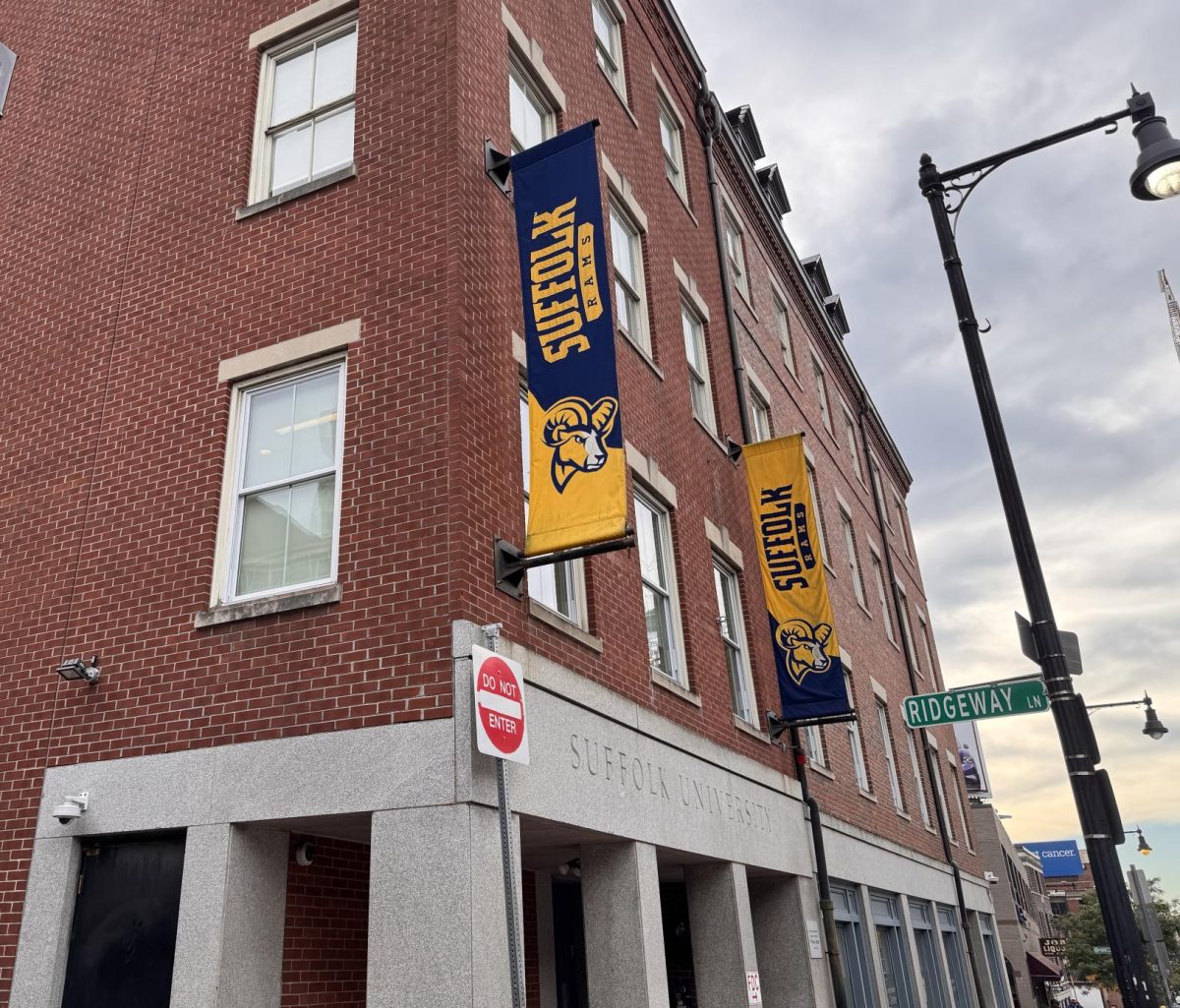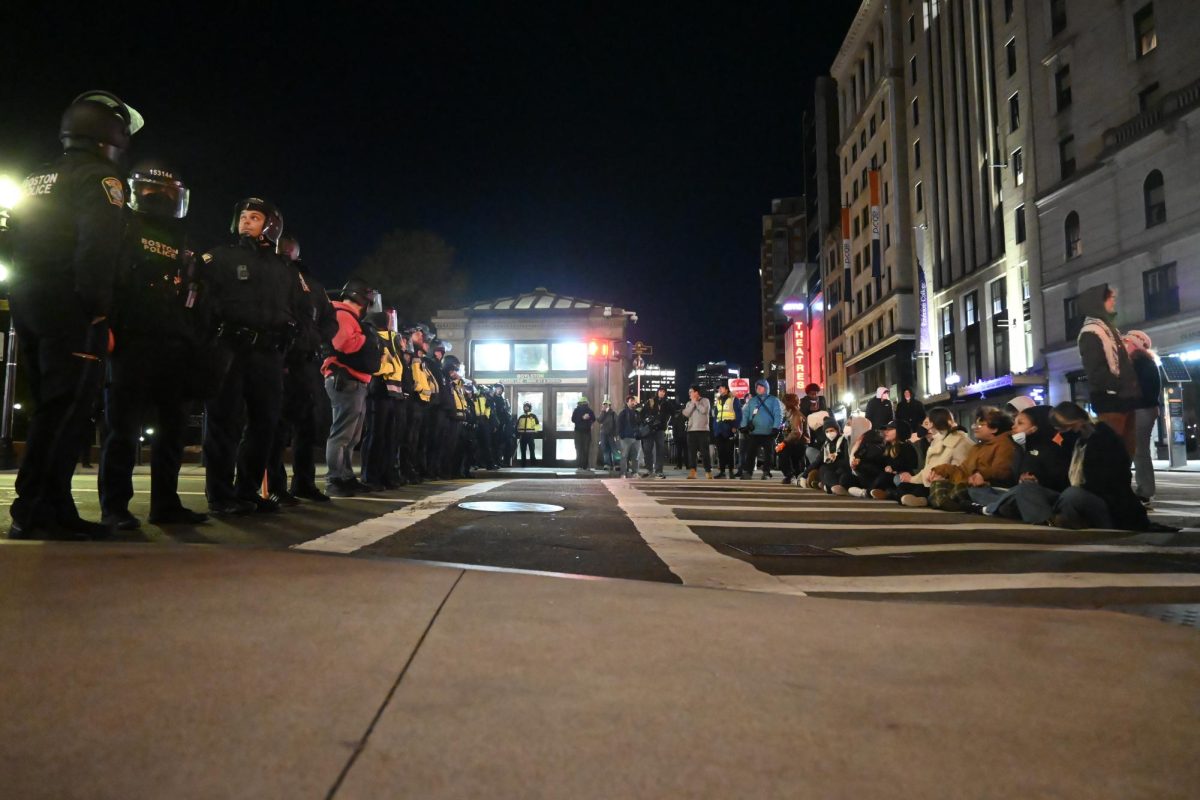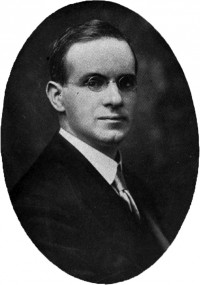
Along with being founder of Suffolk University, Gleason Archer Sr. was a well-known lawyer, entrepreneur, writer, and all around Renaissance man —a jack-of-all-trades. Apparently, he was also an inventor. The Journal has recently uncovered patents filed by Archer that were previously unknown to the Suffolk community as a whole, but are now available on Google Patents.
Until now, no one in the Suffolk community was aware that Archer had filed any patents whatsoever. Most were surprised because he was an seen as adept at promoting his accomplishments throughout his life. Therefore, it is assumed that these inventions were not successful, or simply were not carried out past the patent process.
The first, filed in 1905 and issued in 1907, a year after founding Suffolk Law School, is a Car Ventilator system for trains. With this invention, sets of flues and cylinders on either side of the train circulate the air within. Two flues attached to the top of either side of the car release hot air, while the two cylinders attached to the bottom pull in cool air. According to the patent, “Each flue terminates in a flaring or funnel-shaped mouth-piece, which, preferably, is made separate from the flue and capable of being
turned into different positions.” As the train moves, air would be forced through the cylinder and out through the flues.
The second patent, filed in 1939 and issued in 1943, is for an Automatic Tank Destroyer. This would be placed in the path of an enemy and either buried like a land-mine or thrown like a grenade. “The size and dimensions of the device shall be determined according to the uses to which it is to be put,” as stated in the patent. When ran over, the top plate of the Destroyer would depress, causing a flammable liquid to be sprayed through a number of openings, covering the bottom of the enemy vehicle. The device would then automatically ignite, causing the enemy vehicle to go up in flames.
All of Archer’s records in the Moakley Archive and Institute at Suffolk University were donated by surviving relative and family historian Jonathan Archer, who could not be reached for comment. Surprisingly, these patents were not on file in the archives, and no inventions were mentioned in any of Archer’s other records, books, or recordings.
“He published all his law school books, he was an amateur historian, he was a Mayflower descendent so he wrote a lot about his own personal history, but also the history of New England,” said Julia Howington, University Archivist and Director of the Moakley Archive and Institute. “He also later in life became a blueberry farmer. He was one of the founding figures of radio, in the early history of radio, so I’m not at all surprised to hear that his interests took him towards the patents.”
The lack of publicity of the patents strikes an odd chord, since Archer was a proud man not shy of attention.
“He put a big neon sign on the top of the Law School, much to the consternation of competing schools,” said Howington.
“He was a non-traditional educator. He really believed that people like him deserved to go to school,” said Howington. “He was given the opportunity to attend Law School by a businessman he met randomly on the train, and he asked ‘Don’t pay me back for this loan for this Law School education, pay it forward,’ so that’s why he started the Law School.”
As founder of Suffolk University, Gleason Archer had his mind set towards the future, wishing that those who were barred from traditional institutions be able to gain education elsewhere. Maybe it was his forward-thinking which ultimately led to these patents. While not much is known about how or why they were filed, the fact remains that they exist and are now another added portion to Gleason Archer’s illustrious career.



